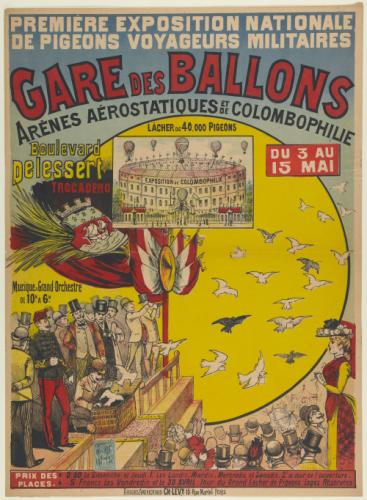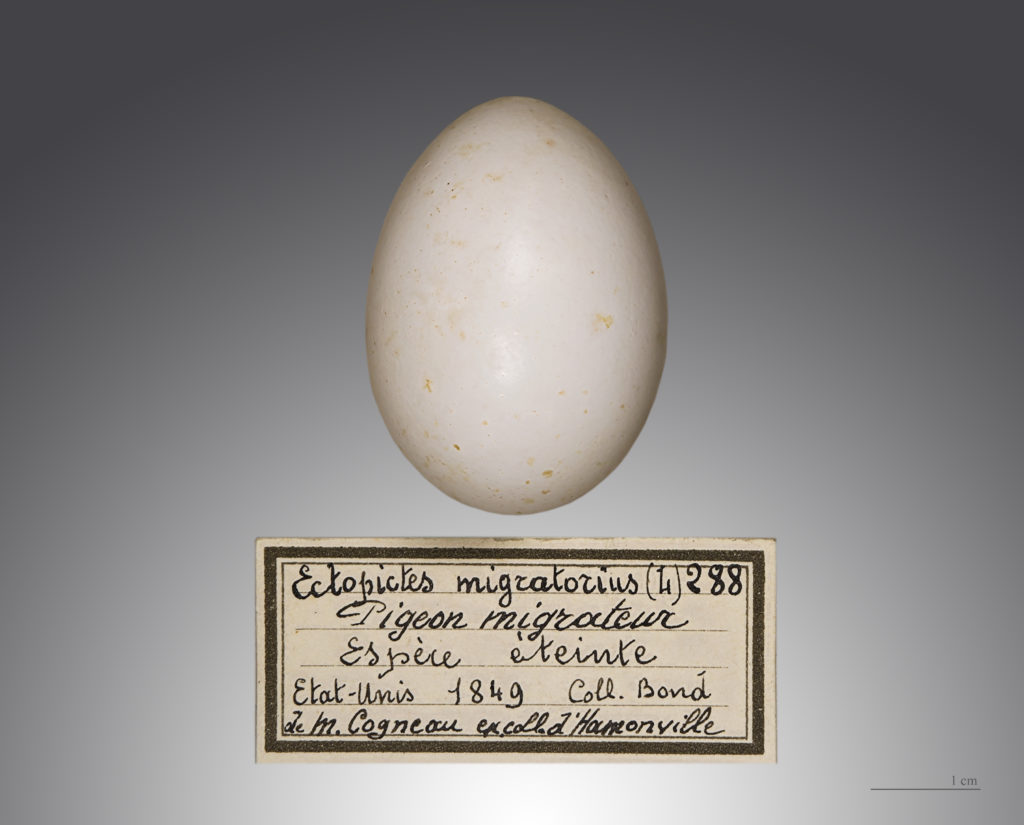
One of 100,000 artworks made freely available by Paris Musées, a group of 14 museums in Paris. This poster, from 1890, is in the collection of the Musée Carnavalet. #thesearenotpassengerpigeons
You begin to interest me…vaguely

One of 100,000 artworks made freely available by Paris Musées, a group of 14 museums in Paris. This poster, from 1890, is in the collection of the Musée Carnavalet. #thesearenotpassengerpigeons

In the 1840s, Joseph-Philibert Girault de Prangey, a French photographer and architectural historian, took thousands of photographic images of monuments of Greece, Italy, Egypt, and other countries during a three-year long trip around the Mediterranean. The daguerrotypes he produced are the oldest known surviving photos of these locations.

This passenger pigeon egg is from the collection of James Bond, the real ornithologist and inspiration for the fictional spy. Bond worked at the Academy of Natural Sciences in Philadelphia and specialized in Caribbean birds. According to the label, the egg was collected in 1849 (not by Bond, who was born in 1900). It was later obtained by Jacques Perrin de Brichambaut and is now in the collection of the Muséum de Toulouse (Muséum d’Histoire Naturelle de la ville de Toulouse) in France.
Discovery in the Western Front Trenches has accounts from World War I soldiers of archaeological finds during wartime. Only a few stories are on the site so far. For an example of an archaeological excavation of an actual World War I trench system, see the Hill 80 Project.